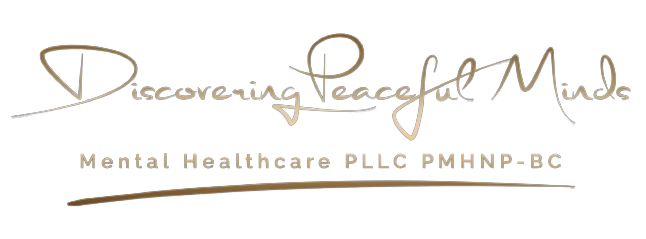
Mood disorders are not just emotional phases that will pass with the passage of time. They are chronic mental illnesses that radically influence the way people think, feel, and deal with the world. Depressive disorders, bipolar disorder, and dysthymia establish a pattern of emotional crises that interfere with all aspects of life, subtly disrupting routines, relationships, and careers.
Emotional Struggles that Shape Daily Experiences
The most difficult part about mood disorders is the emotional whirlwind that comes with them. Individuals get overwhelmed with cyclic episodes of sadness, irritability, or despair. They are not quick emotions; they can persist for days, weeks, or months and make even ordinary activities an energy-sapping ordeal.
Eventually, persistent emotional stress can result in emotional numbing, and people start becoming disconnected from their feelings as well. Emotional detachment not only affects how they perceive themselves; it can also affect how they interact with other individuals, so keeping healthy relationships becomes more difficult.
How Mood Disorders Affect Relationships and Social Life
Mood disorders can build an invisible barrier between the patient and his/her loved ones. Immediate family and friends might not even comprehend mood swings and withdrawal as something other than a personal rejection. Romantic relationships get strained due to misunderstandings, emotional detachment, and breakdown in communication.
As social interaction becomes more exhausting, people will begin to shun social gatherings, keep their distance, and retreat from social life which they previously engaged in. Regrettably, voluntary isolation has the inclination to sustain loneliness and make the manifestations of mood disorders worse.
Therapeutic intervention can be a critical factor in assisting people in rebuilding these broken relationships. Through the application of facilitated communication techniques and emotional sensitivity training, individuals can restore trust and comprehension with the people they love.
Professional Life and Career Challenges
Mood disorders don’t restrict themselves to personal life; they spread to the workplace as well. Activities that were once manageable turn out to be insufferable. Inability to concentrate, lack of motivation, and emotional exhaustion can reduce performance and enhance mistakes.
Most of the employees in the workplace are afraid of discussing their issues for fear of being judged. This keeps them quiet, and silence may give rise to burnout, chronic absenteeism, or even deteriorated interpersonal relationships with co-workers and managers. It is therefore a battle in silence where one hides their mental illness and struggles with everyday work requirements.
But with proper coping strategies and support systems, an individual can take charge again and establish stronger work-life boundaries that safeguard one’s mental well-being.
The Physical Health Connection
Mood disorders do not even constitute solely emotional and psychological symptoms. Mood disorders can also manifest physically. The most frequent physical complaints that normally accompany mood disorders are chronic fatigue, disturbed sleep patterns, appetite changes, and recurring headaches. These complaints are highly mistaken for other diseases, and hence most cases remain undiagnosed for years.
In other cases, some people will resort to alcohol or drugs in an attempt at self-medication and short-term relief. This also ends up progressing into further health complications and even exacerbating symptoms of mental illness long-term.
An integrated approach to treatment, both body and mind, is necessary for long-term healing and enhanced quality of life.
Effective Coping Strategies for Managing Mood Disorders
Managing mood disorders requires more than quick fixes. It involves a combination of therapeutic approaches, lifestyle changes, and consistent emotional support. Cognitive Behavioral Therapy (CBT) and Dialectical Behavioral Therapy (DBT) are highly effective in helping individuals reframe negative thought patterns and develop healthier responses to stress.
Mindfulness techniques, such as meditation and controlled breathing, help in calming the mind and staying present during overwhelming emotional moments. Additionally, participating in peer support groups can create a sense of community and shared understanding, reducing feelings of isolation.
These strategies, when consistently practiced, enable individuals to regain emotional balance and improve their interactions with others. The journey may not be immediate, but with patience and the right guidance, positive changes are possible.
Taking the First Step Towards Healing
Living with a mood disorder is challenging, but it’s important to remember that support is available. Seeking professional help is not a sign of weakness; it is a courageous step towards regaining control over life. Therapy, emotional coaching, and holistic wellness programs offer effective pathways to not only manage symptoms but also enhance relationships and professional life.
Peace of mind is not a distant goal. With the right support, individuals can navigate the complexities of mood disorders and rebuild a life filled with meaningful connections and emotional well-being.

